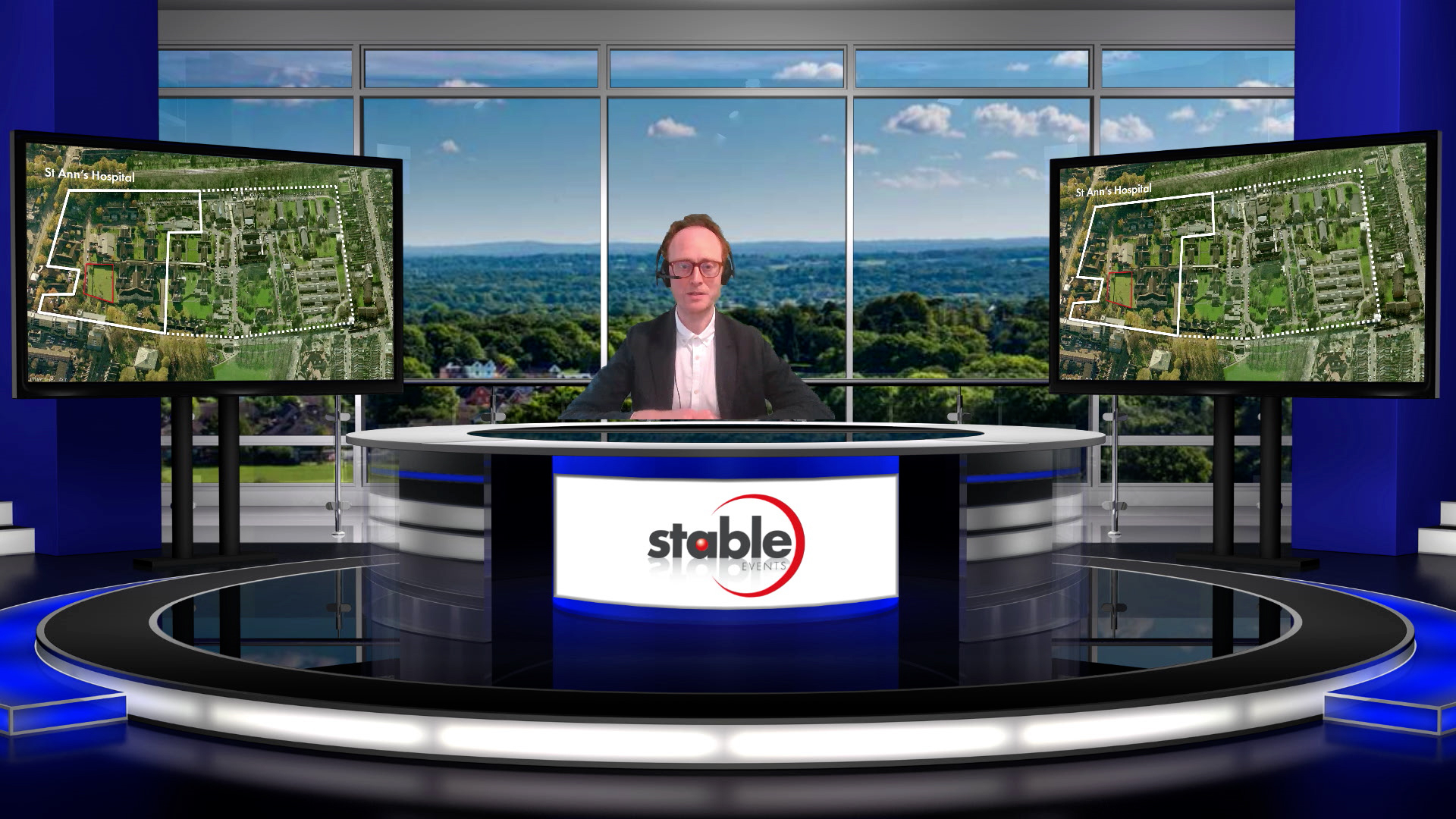
Coverage from the 2021 mental health & dementia facilities virtual forum
Involving service users and staff in the design of mental health and dementia care facilities is ‘critical’ to wellbeing and recovery.
This was one of the take-home messages from the 2021 mental health & dementia facilities forum, held earlier this month.
Organised by Stable Events, sister company to mhdf magazine publisher, Stable Publishing; the annual two-day networking opportunity offers suppliers of specialist mental health and dementia products and services the opportunity to meet key decision-makers involved in the design and construction of health and care facilities.
With the continued impact of the Coronavirus pandemic restricting face-to-face meetings, this year’s forum was held virtually and was combined with the annual custodial facilities forum.
As well as a series of pre-arranged meetings, the forum also featured two keynote sessions.
The talks kicked off with Ruairi Reeves from Medical Architecture, who explored the need to prioritise outside space and the benefits access to nature and fresh air has on the wellbeing of both staff and service users.
Access to the outdoors
Giving delegates an overview of the architectural practice’s work at St Ann’s Hospital in Haringey, he said: “The whole project revolved around wellbeing, and that meant good daylight, views, and access to outside space.
“We designed the building in such a way that we created internal courtyard spaces and, in doing so, the building itself forms the safe perimeter, so you can do without fences.
“The courtyard design also offers good observation without the need for a staff base, which typically reduces the feeling of openness in a space.
“Wherever you are in the building there is always a connection to the garden.”
As a result of this patient-centred approach, he said, after nine months in operation, use of restraint had almost entirely stopped.
“It’s extremely rewarding as an architect to know we are having a real impact and enabling staff to put their focus onto patient recovery,” he said.
And, in a hard-hitting presentation entitled Garbage in, Garbage out, Beatrice Fraenkel, chairman of Mersey Care NHS Foundation Trust, reiterated the importance of involving key stakeholders from the very beginning of the design process.
She said: “Key to design thinking is client leadership and giving enough time to thinking about what we want to put into the design brief in the first place.
“Everyone is familiar with having to make changes because we haven’t got it right, so the design brief is best determined by users, not the client.
“You need a core group of people on board and the learning you get from that is huge.”
Mersey Care has used this approach to perfect its design ethos over several years.
Fraenkel said: “When we start on the design brief we know that, the better the quality of the brief, the better the outcome and cost savings that we get with it.
“We get a core group of people on board. As trust chairman, I am the design champion, then we have staff, service users and carers, and anyone else who has an interest in the building.
Involving users
“Involving stakeholders this early on is also crucial as staff have to learn that the way they do things might have to change because we are listening predominately to the service users.”
Based on previous developments, she said key areas that need indepth discussion include the ‘sense of arrival’.
“How people perceive and enter a building is the first thing we need to consider and understand, and we must get it right,” she adds.
“Arrival at any hospital is important, but more so for people with complex needs.”
Making corridors focal points is also critical, particularly to ensure designs are dementia friendly.
And outside space was once again on the list of priorities, as was good interior design.
But a gap in the market, Fraenkel told delegates is around en-suite doors.
In a plea to manufacturers, she said: “One area we really struggle with, and we can’t get the right design for, is ensuite doors.
“This is a real gap in the market.
“We know the en-suite is a critical part of the whole interior and sense of space, so if we can get the right solution which combines aesthetics, privacy and safety, we could really enhance design further.”

And she called for greater focus on designing for people with dementia and autism, who often use mental health and other hospital facilities.
Also speaking on dementia design was Becky Simmons of Leonard Design, which has been working with care provider, Church Farm Care, on a network of dementia care villages.
Simmons said: “It makes us really sad when we see care homes with small windows, dark interiors, no colour, and long corridors with no breaks in them. It creates boredom and it shouldn’t happen.
“We are trying to create inclusive environments and these are so easy to deliver.
“It’s about designing to bring back the community element, encouraging autonomy through having smaller groups of residents so that people are more likely to make friends with one another.
Dementia friendly
“Church Farm Care’s facilities also look much more homely, not clinical or like traditional care homes.”Once again, the importance of designing good circulation spaces was central to her talk, with corridors coming under the spotlight.
“These need to be designed as well as any other space or room,” she said.
“They need to have break-out areas and artwork to act as a distraction.
“Patients, residents and service users often spend as much time in corridors as they do in their rooms so it’s about thinking outside the box.
“It’s about quality of life for residents, not about money.”
The obvious synergy between mental health and dementia design and that of custodial facilities was highlighted by Simon Crosby of Corstorphine & Wright and Steve Lennon of HLM Architects, who looked at how people-centric design can influence the way people behave in custodial settings, including a focus on designing for female detainees, a user group previously overlooked.
Crosby said: “As architects we spend a lot of time training to design buildings, looking at massing, aesthetics, and processes, but rarely do we talk about the people who will occupy it and the impact our design will have. And it’s more important in this sector than nearly any other whether they be staff, visitors or detainees.”
As well as designing with detainees in mind, he said staff need good daylight and acoustics, welfare spaces – both inside and outside – and artworks. Smells and ventilation are also vital design drivers.
“Staff spend long periods of time in these facilities and we believe they should be treated with respect and the environment should work for them too,” he added.
Getting under the skin
And visitors, particularly children, need a design that helps to reduce anxiety, with particular attention paid to the design and siting of security, waiting and meeting spaces in order to reduce the distances and the feeling of being inside a prison.
“The key thing is about getting under the skin of users, as difficult as that can me, and really understanding their needs,” Crosby said.
Lennon added: “I think it’s a matter of creating a positive environment where we can create more-positive behaviour.”
The last speaker was Harry Wright of event sponsor, Fireworks, who provided an overview of its work with the Ministry of Justice to manufacture a new fire suppression system.
Used in more than 150 custodial facilities in the UK, and also aimed at mental health facilities, the innovative solution uses a water mist emitted through a nozzle at high pressure which, on release, atomises and forms a fine mist. This fills the whole volume of the room or cell, suppressing any fire.
The next mhdf forum will be LIVE in the West Midlands from 28-29 October. To find out more visit www.mhdf-forum.co.uk